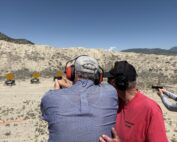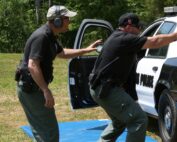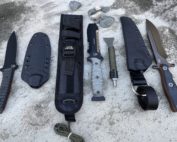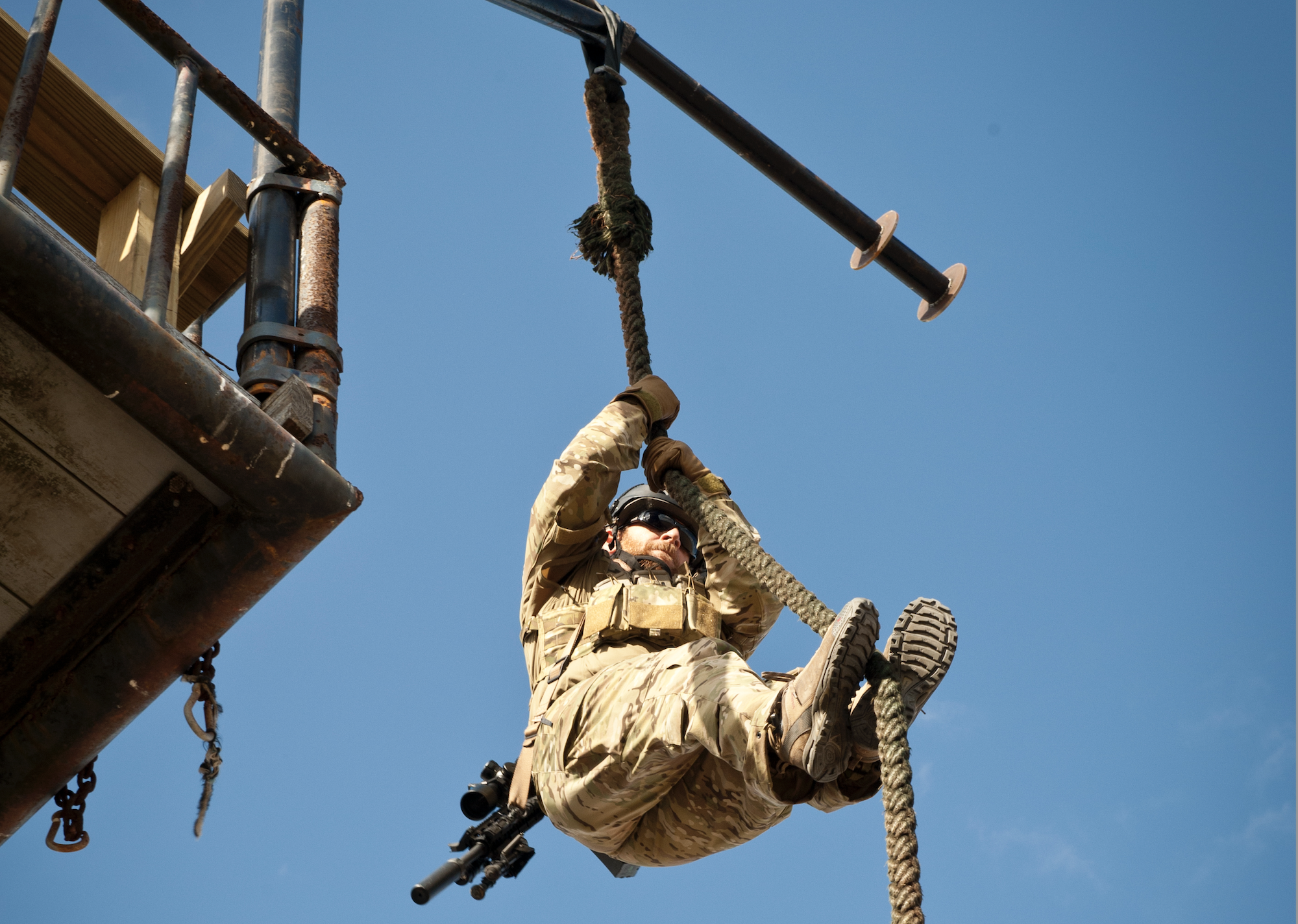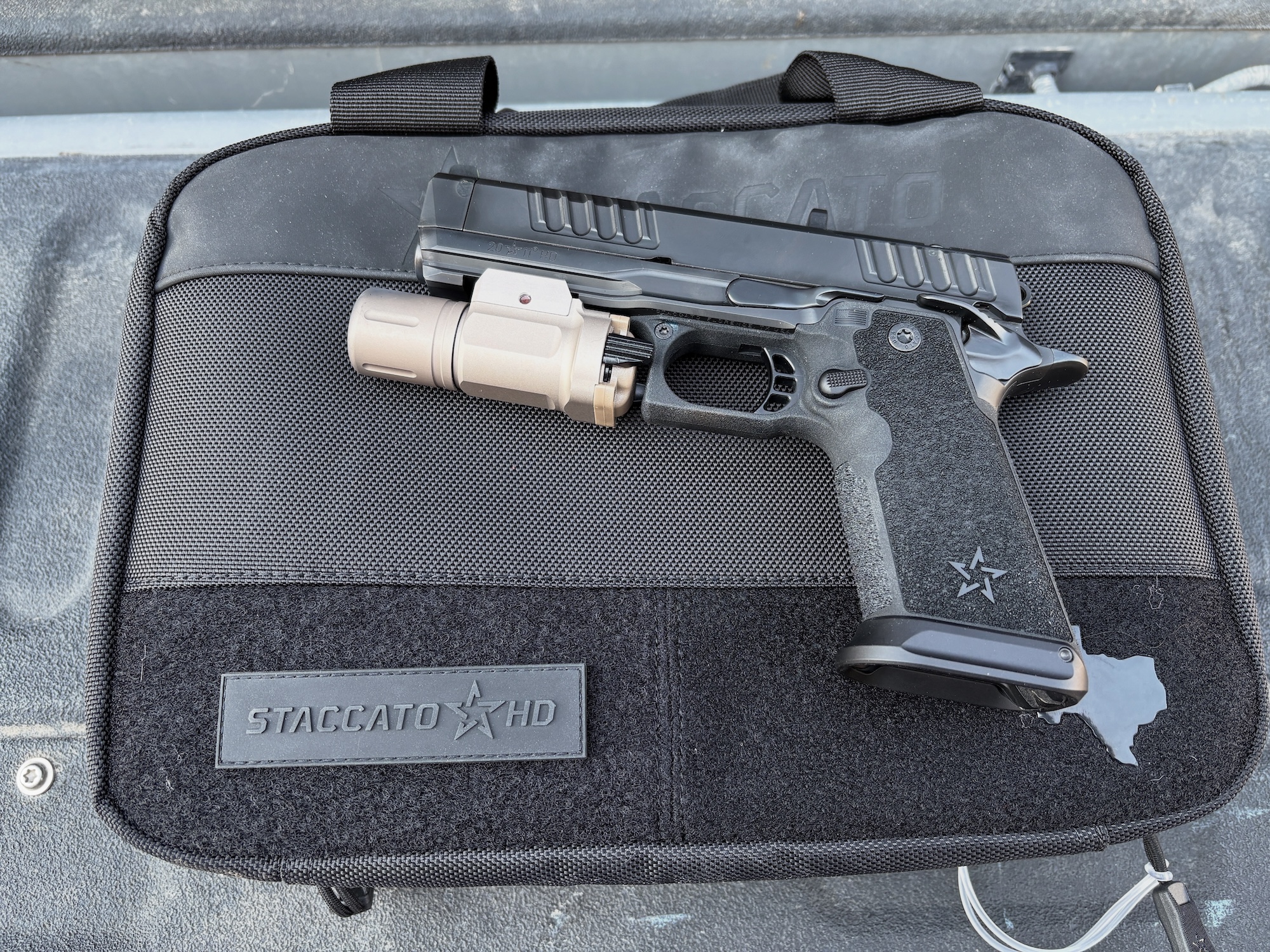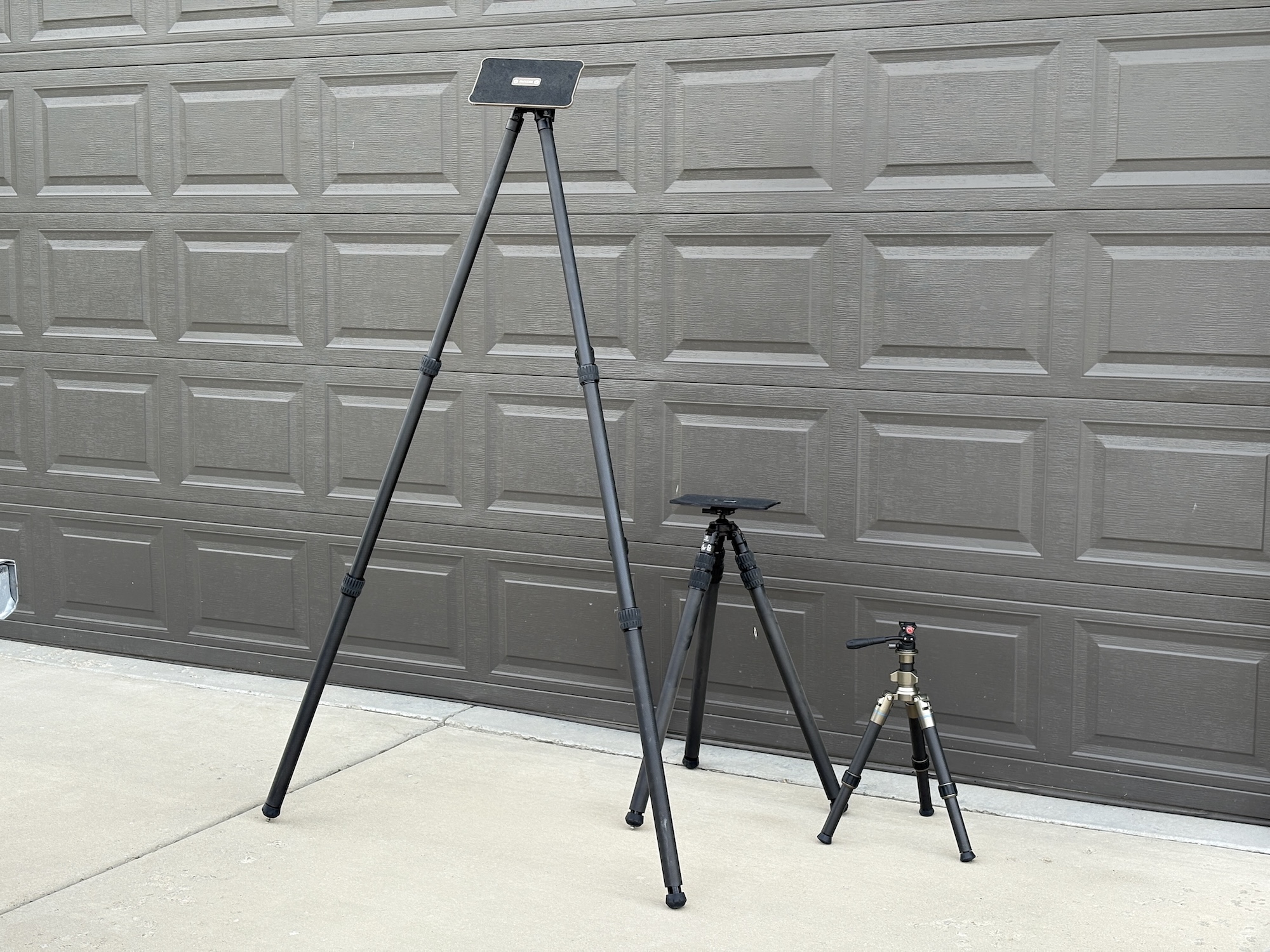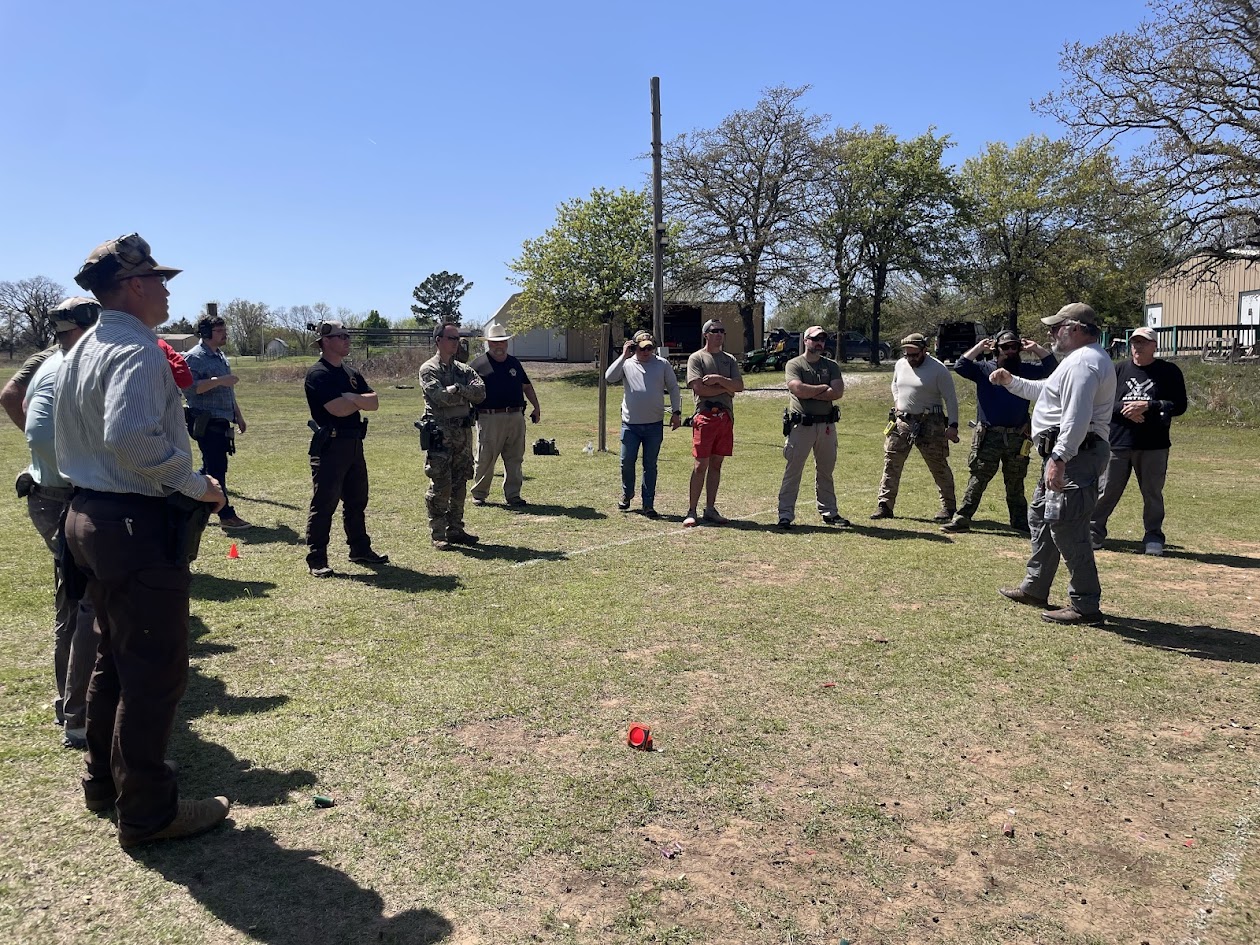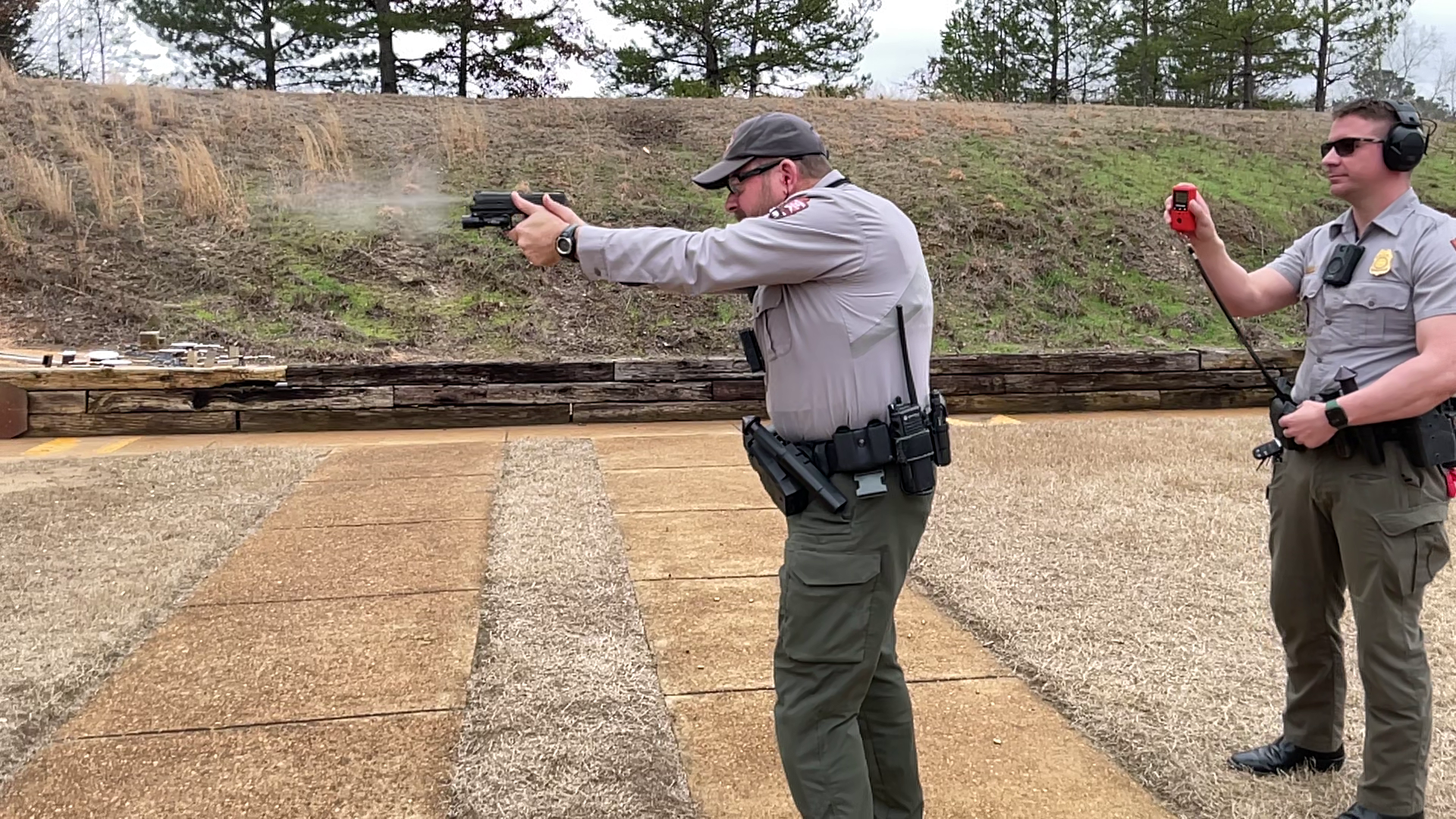
1-1 – Demo
Instructors have to be able to demonstrate the skills they expect their students to perform.
Contrary to popular opinion, attending a one- or two-week-long class does not and cannot make you an effective police firearms instructor (PFI). Sadly, such courses tend to give a false sense of competence as to the attendee’s skill. At best these classes certify someone to conduct qualifications in a mostly safe manner. However, administering a test is not the same thing as teaching someone to pass it, let alone apply those skills in a tense, rapidly evolving environment of imperfect and incomplete information. This article is the first of two discussing the skills, knowledge, and attitudes an effective PFI needs to cultivate.
A Body of Knowledge & Ability to Convey It
Mike Seeklander famously observed that an effective PFI has a body of knowledge and the ability to convey that body of knowledge. That is accurate for firearms instructors in general, but the PFI needs to learn to function in a political and administrative environment. I am not saying that these requirements will be met in any single class. Rather, these areas reflect the need for lifelong learning and continual improvement, which marks the effective PFI.
Yes, You Have to be Able to Shoot
Whether you like it and agree or not, a PFI is considered a Subject Matter Expert (SME) for all topics gun related. As a PFI, it is up to you to continually develop your knowledge in a variety of areas. There are obvious competencies a PFI should possess. First, people are going to expect you to be a competent shot and gun handler. You do not need to be a USPSA Grandmaster, but you need to have enough skill to be clearly competent and one of the better shooters on the range. It has been observed that the first person you will have to coach is yourself. If you can’t coach yourself to excellence, why would you be able to coach others? If you can’t demonstrate, on demand, the skills you expect others to master, you won’t have much credibility.
With Both Hands
Another important related area that is often missing is how to shoot well with either hand. A right-handed instructor can’t just tell a left-handed shooter to “just do the same thing but with your other hand.” The ability to identify and correct common and noncommon shooting errors is an area of knowledge that warrants its own mention – screaming in increasing volumes, “focus on the front sight,” or “stop jerking the trigger” don’t count.
Handgun or Firearms Instructor?
Remember, you are probably not just teaching handguns. If your agency issues shotguns or patrol rifles, you will need to develop high levels of competency with these systems as well, and you’ll need to do that with either hand.
Related Topics
An effective PFI also has a base of knowledge about subjects related to shooting other than marksmanship. For instance, an effective PFI should understand ballistics (especially terminal and external ballistics), tactical anatomy, target design, concealed carry techniques, the history of firearms training, the evolution of guns, holsters, and training, steel target safety, low light; related case law; range trauma response, etc.
Interfacing With Other Disciplines
You also need to develop knowledge that is not directly related to guns and shooting. An immediate need relates to the application of the skills you are teaching. For many agencies, the various competencies (control/defensive tactics, vehicle and street tactics, etc.) are taught as separate areas by different instructors. While a PFI may not teach control tactics, knowing how control tactics are currently taught can avoid conflicts between the fields. Similarly, knowing about issues that arise in the tactical application allows the effective PFI to integrate concerns such as sight offset into training early enough to matter.
Well-Rounded Background
The other areas of relevant knowledge form a long list. For instance, understanding human factors, such as how the eyes work and how the brain processes information, can be important. A common weakness seen among PFIs is knowledge of only the agency’s issued weapons. Having a broad familiarity with a variety of weapon systems allows the PFI to speak competently about their respective tradeoffs. It allows the PFI to teach seldom-considered topics, such as how to properly clear a single-action revolver found in the field.
The Ability to Communicate
The training community is filled with naturally gifted, brilliant shooters capable of feats that strain the imagination. Unfortunately, the number of those same people who can effectively share what they know and do is much smaller. While it is popular, “just do what I do” is not an effective technique for transferring information to someone who doesn’t share the instructor’s kinesthetic gifts.
Teaching is Its Own Skill
Communicating effectively is an entirely separate art and can be studied as such. While the best way to get good at teaching is to teach, anyone can improve if they focus on the craft of teaching. While I have never done it, people whom I consider very smart recommend Toastmasters International to become comfortable presenting in front of a large group, especially in a more spontaneous fashion.
Instructor Skills Development
Suppose you’re looking for a class to help with the ability to relate information. In that case, most states have some instructor development course offered by their POST or equivalent. If you’ve already done that or want further refinement, there is an excellent offering from Louisiana State University’s CBRT/Academy of Counter-Terrorist Education. Available as an in-person or live online offering, the course “Instructor Development Workshop (MGT-323)” strikes the perfect balance between providing enough useful information with no excess “fluff” to waste your time. I took it as an online offering that met for four hours a day, Monday-Friday. The instructors included a well-critiqued “teach back” as a final exercise. Best of all, this course is free if you’re actively working in any of the related public safety fields.


 (+5 rating, 5 votes)
(+5 rating, 5 votes)









